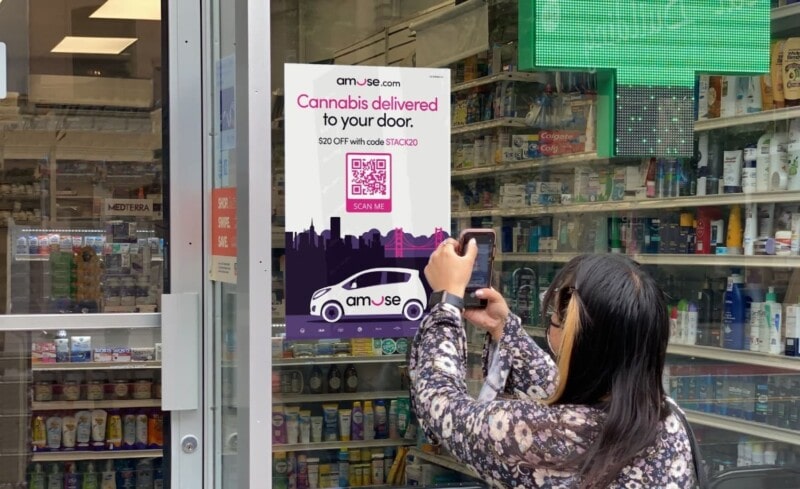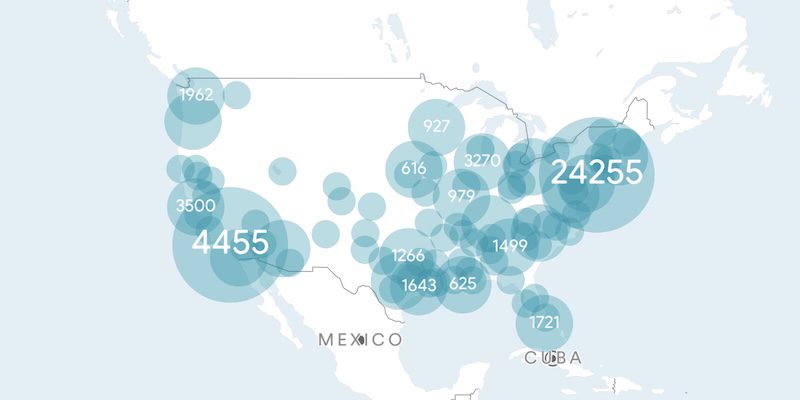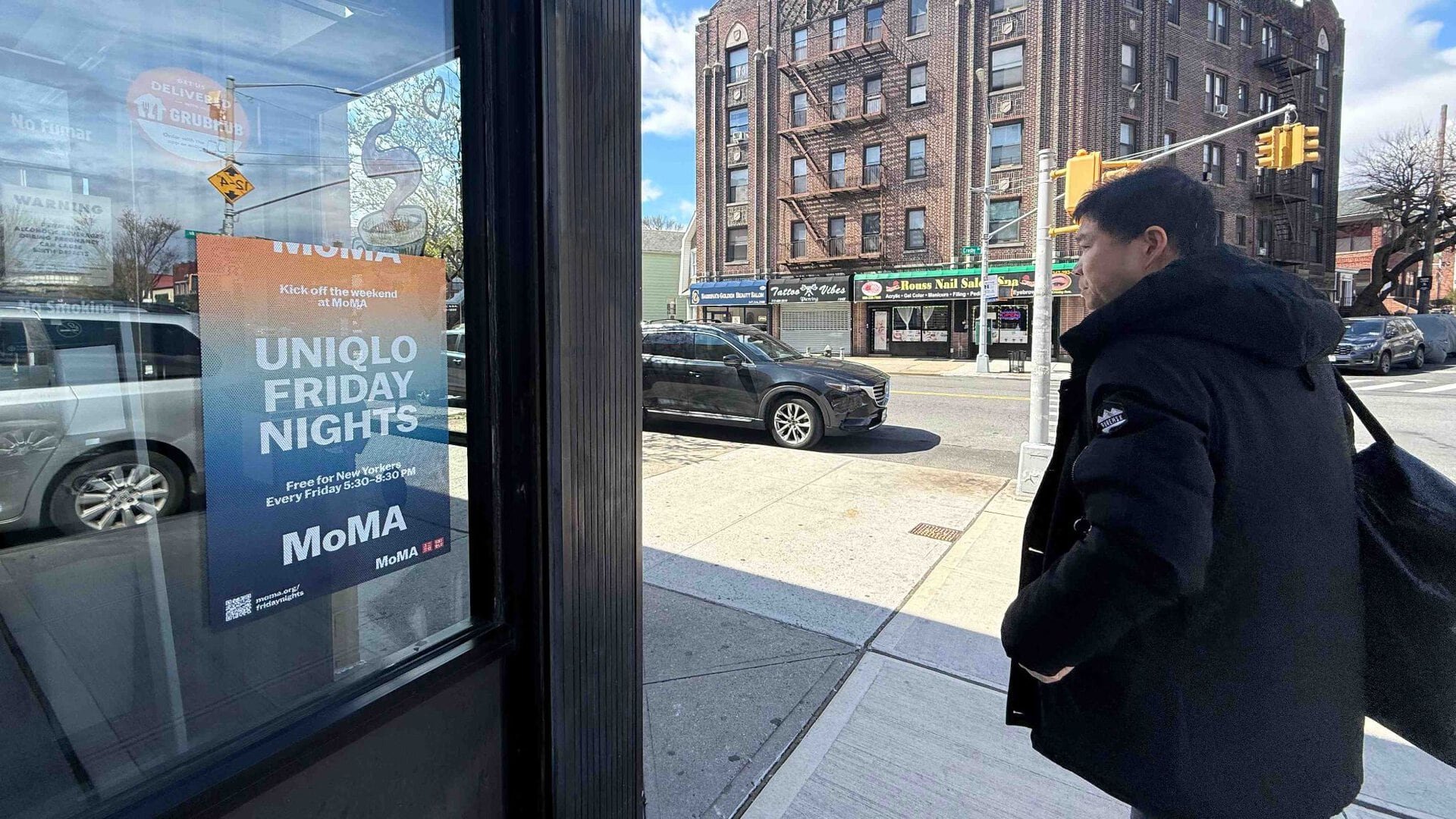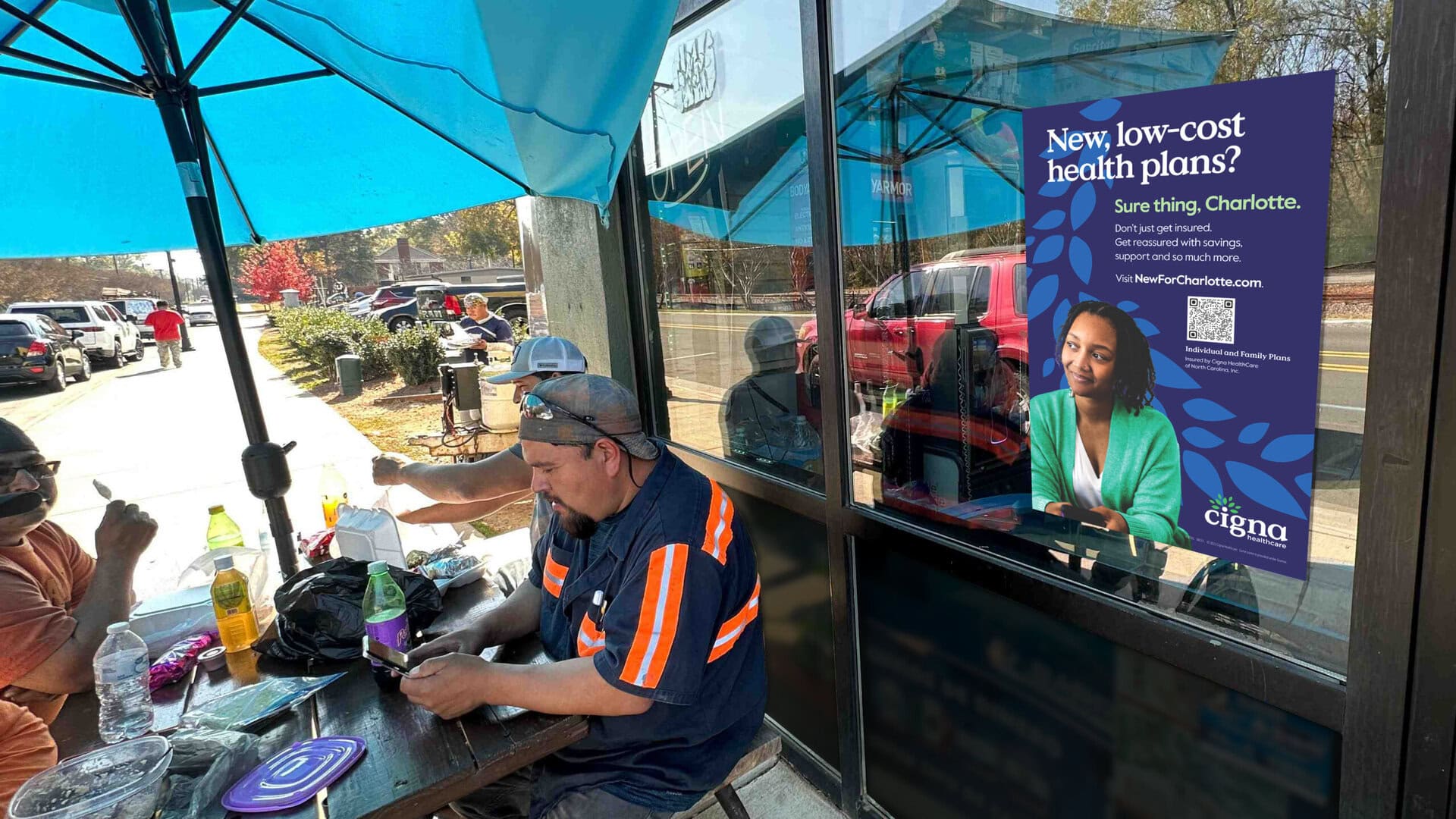
QR Codes Are Back on the Streets.
Jennifer is walking back home from her job on a mundane Thursday afternoon. She strolls through the neighborhood, looking past the traffic commotion, through the savory smell of freshly baked goods, and then she spots it; an amusing poster in the front window of the local pharmacy.
The creative captures Jennifer’s interest. There’s a big, pink, QR code smack dab in the middle of the poster, inviting her to pull out her phone, point and click, and then boom — from her fingertips to her doorstep, Jennifer is scrolling through the menu of cannabis products available for delivery right to her front door.
Here’s a fun fact: QR codes have been around for more than 25 years, and were invented by a Japanese car parts manufacturer to keep tabs on their inventory. The ubiquitous blocky little black and white boxes had a resurgence in 2020 when the pandemic revived touch-free solutions. With QR codes now becoming native to smartphone cameras, the perfect contactless technology found new life, and was adopted en masse by businesses and consumers alike.

QR code billboards and street-level advertisements are a great way to optimize marketing campaigns and track measurable results while fueling the engagement of users in real-time. Outdoor media can now be made more compelling, actionable, and trackable, with the simple addition of a QR code.
In fact, as people’s mobility continues to increase with less work from home and longer office commutes, studies show that audiences are now noticing OOH media a lot more than they did before the pandemic. With OOH media increasingly drawing the attention of people outside, QR codes become powerful toolkits for marketers aiming to immerse passersby within seconds.
Besides, people are growing more and more annoyed by invasive, ad sponsored digital media that interrupts their scroll. OOH media, on the other hand, encourages a more purposeful interaction and engagement with brands. Just look at Netflix’s (admittedly terrifying) 3D billboard in Times Square!
Yet, unlike high-in-the-sky billboards and other OOH media, street-level billboards are much more intuitive and incentivize immediate calls to action. This becomes especially apparent when storefront posters blanket entire neighborhoods where little other media exists. Hyper-local, highly specific advertising, paired with accessible, eye-level QR codes are bound to entice consumers and drive offline-to-online conversations.
Now that QR codes are back on the streets, they seem to be here to stay. From accessibility to measurability, QR codes offer excellent solutions for marketers looking to capture the attention of consumers with impactful and creative messaging.
WNDW has been at the forefront of combining outdoor media and technology for more than 30 years, we vouch for the power of hyper-local, street-level billboards every day. WNDW has been utilizing codes since Microsoft Tag was a thing (say what?). Now, with interactive QR codes shaping the future of OOH marketing, we’re excited to see where a simple scan on a mundane Thursday will take us.



